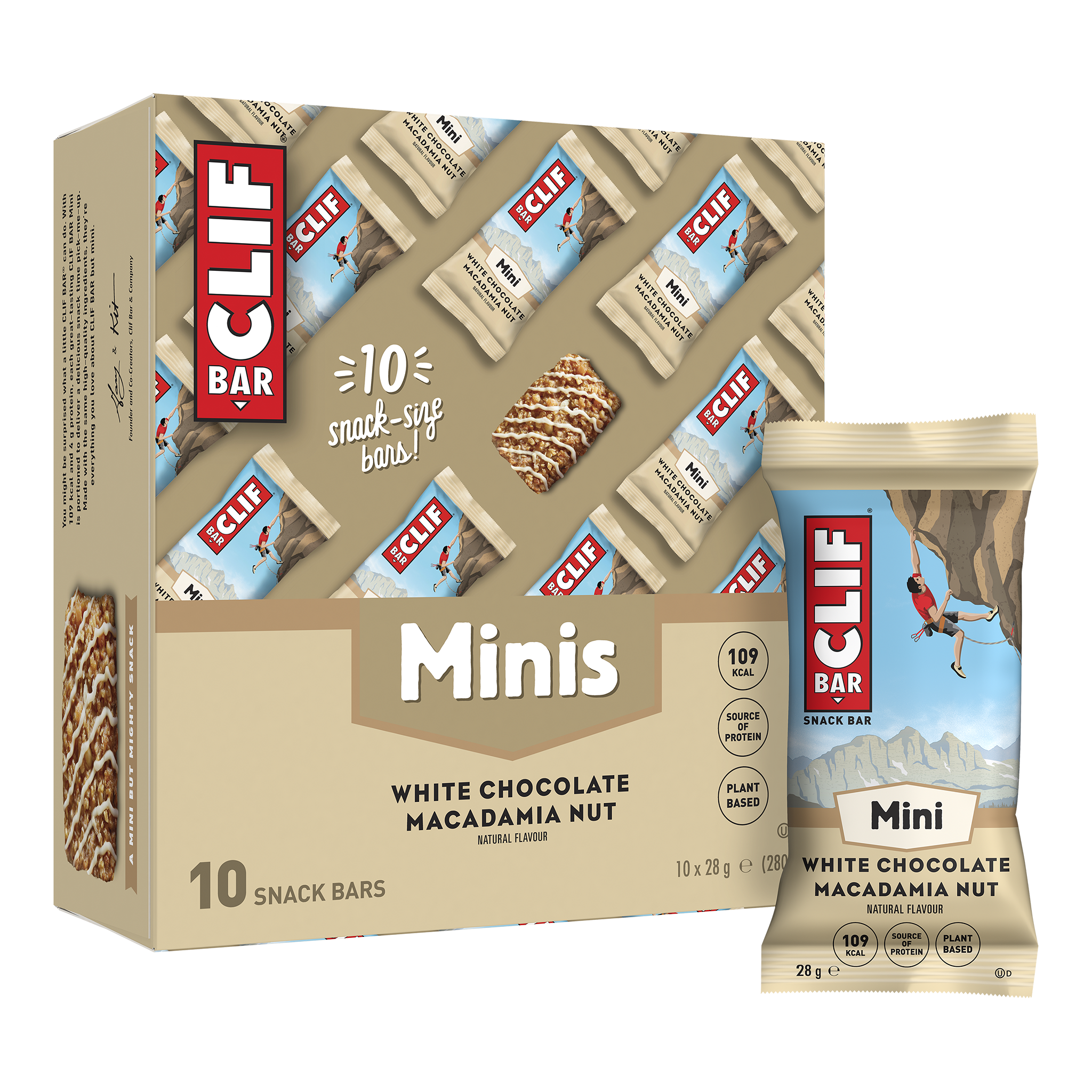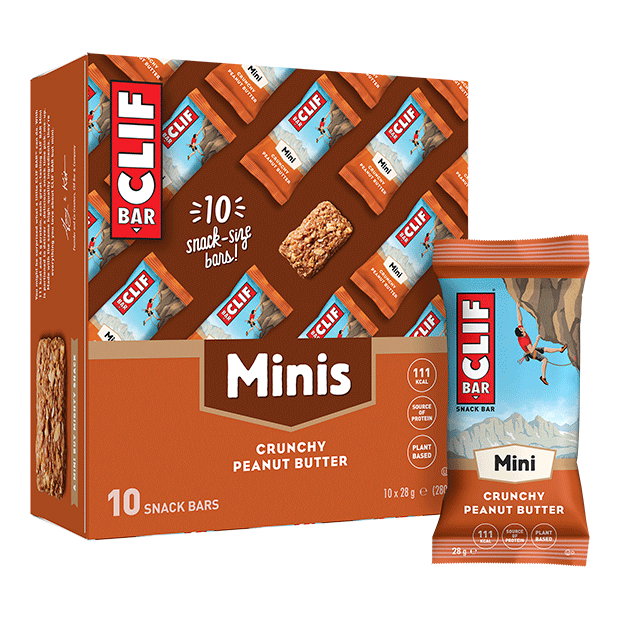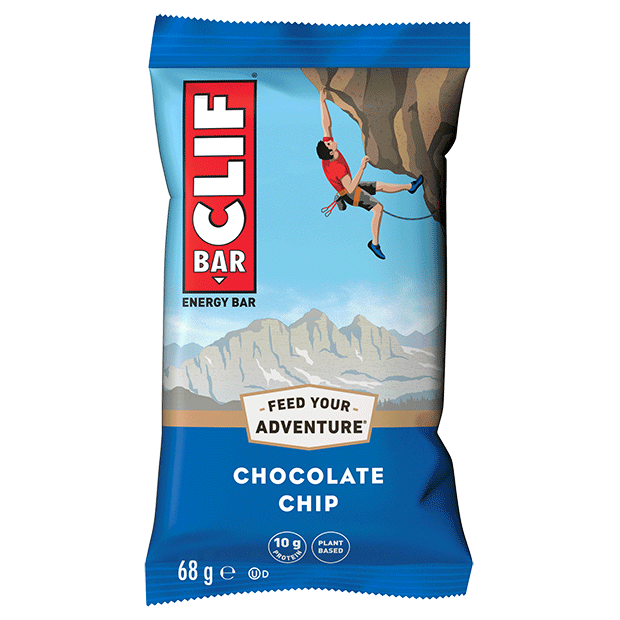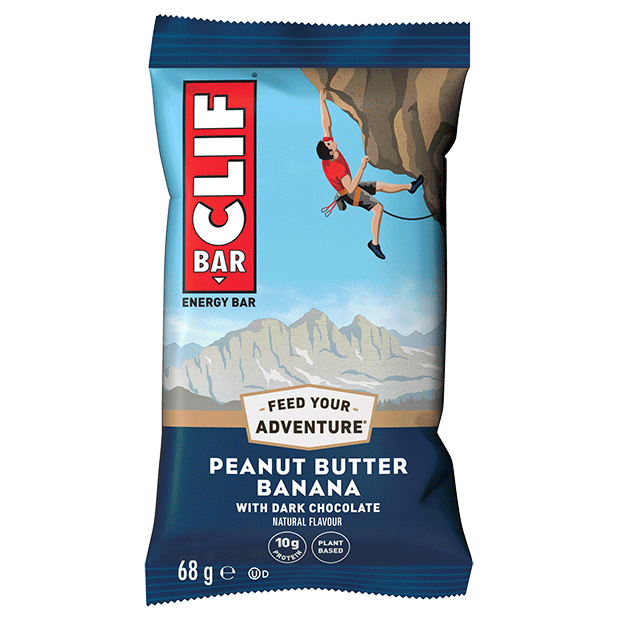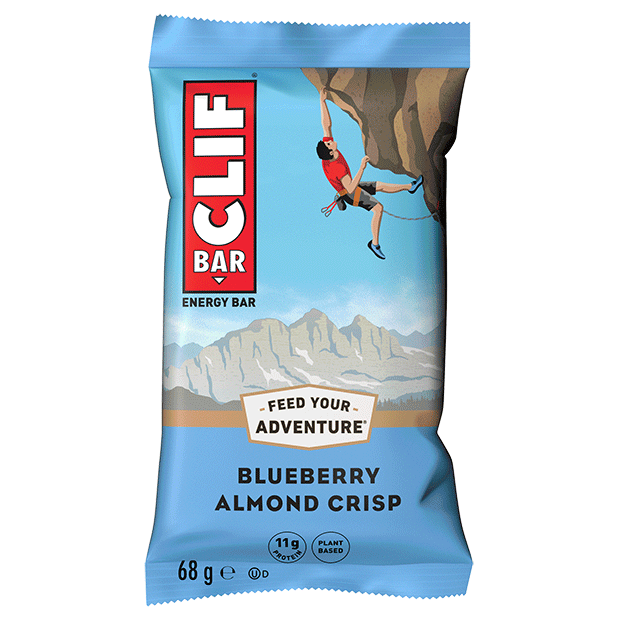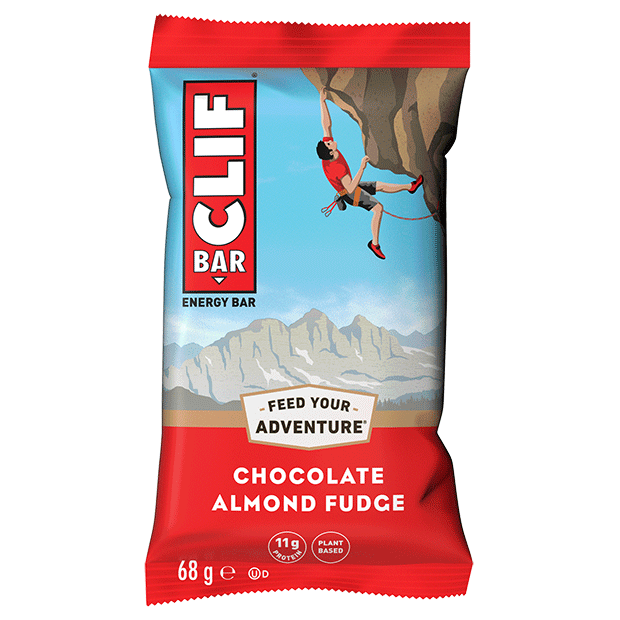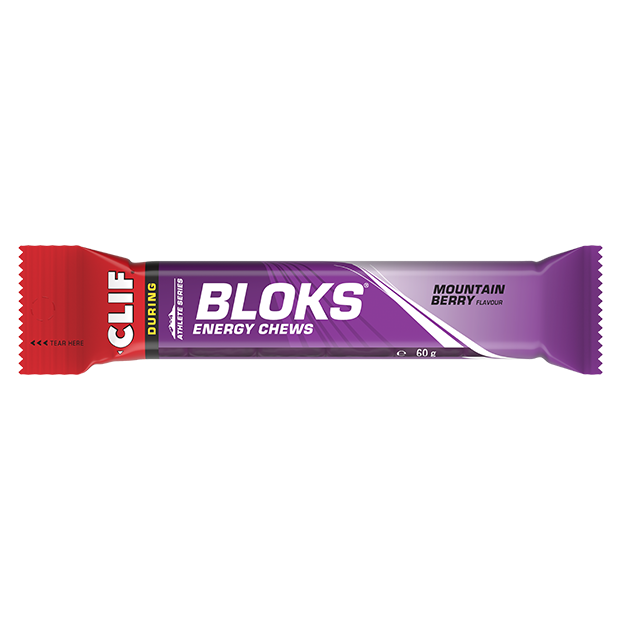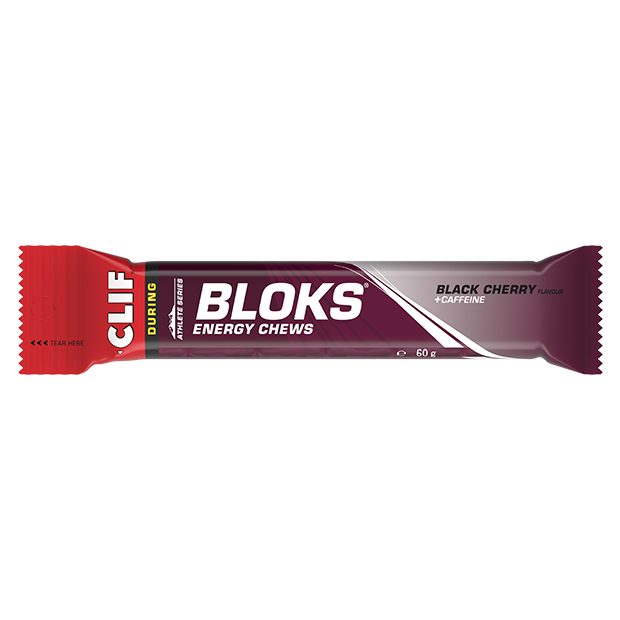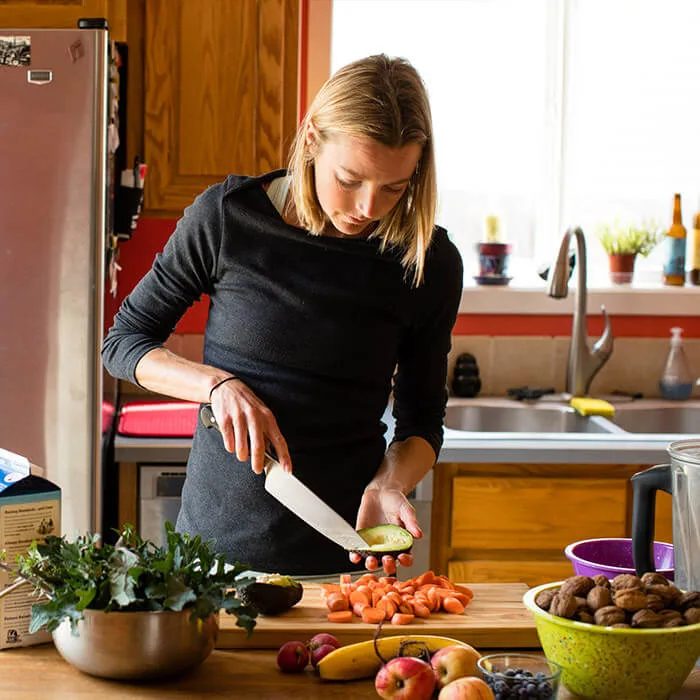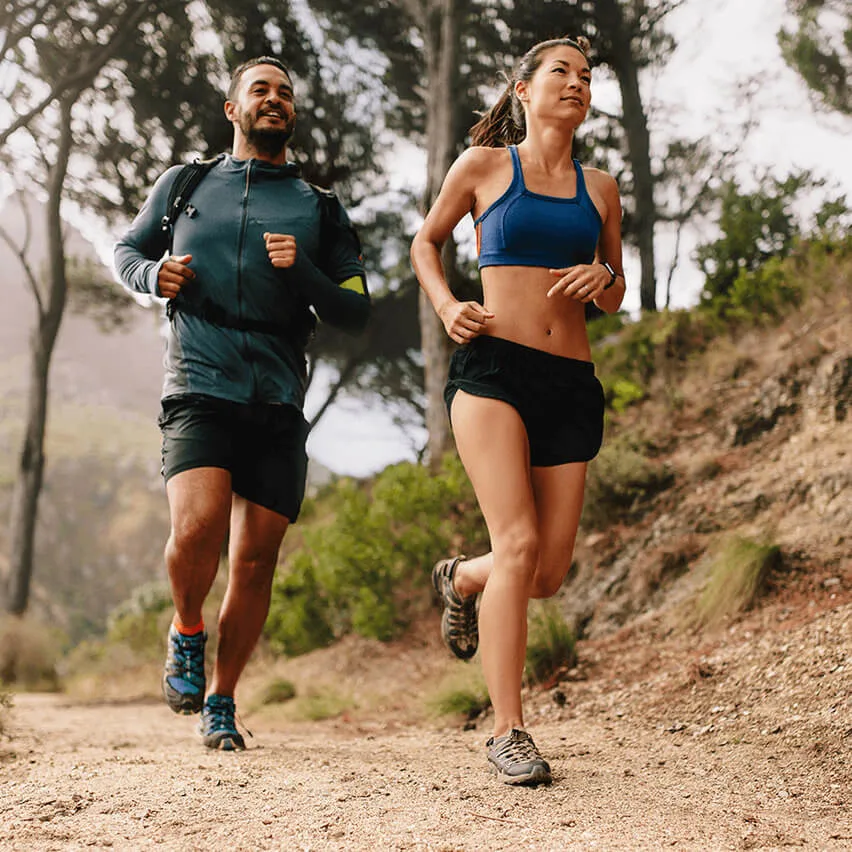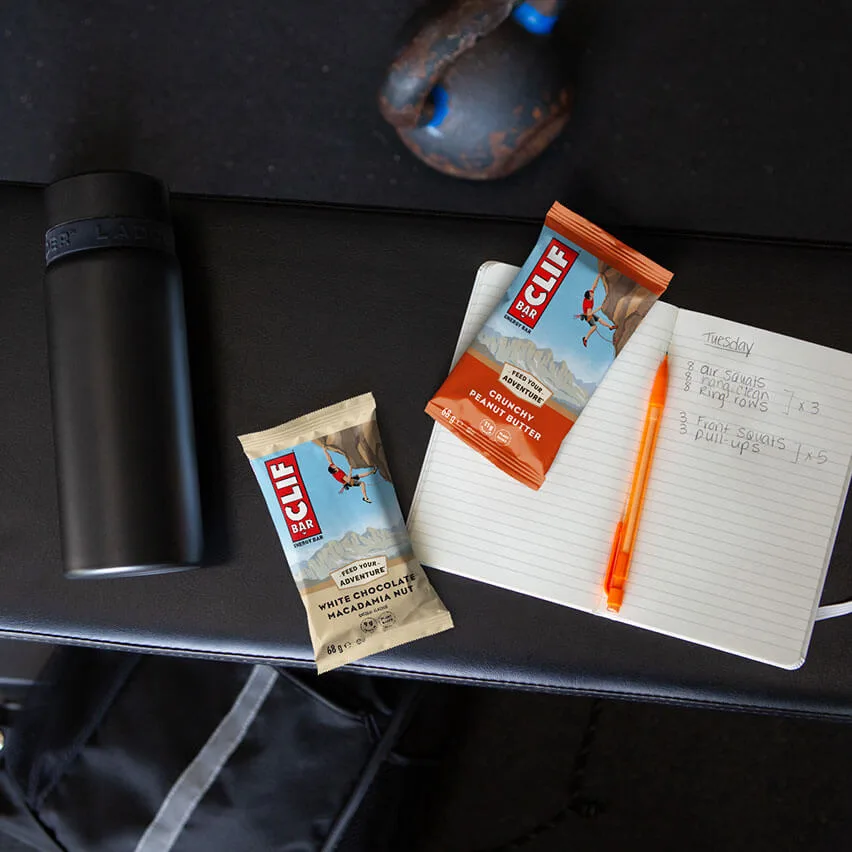The ideas and suggestions written below are provided for general educational purposes only and should not be construed as medical advice or care. Always seek advice from a doctor or other qualified professional before beginning any physical fitness or health- and nutrition-related activity.
There’s a reason why one of the world’s most prestigious bike races has previously featured stages here: The U.K. boasts some of the best cycling in the world. With miles of history-rich and diverse countryside, bike tours here are as beautiful as they are challenging.
For many, a serious tour or race means multiple days of intense cycling that really test the limits of our mind and body. That’s the best part! But if you want to ensure your tour is a wholly satisfying experience, you must get your nutrition absolutely spot-on. So we spoke with nutritionist and cycling fanatic Jessica Chon to glean crucial nutrition tips for maximising the value of everything you eat and drink on your next tour—the one that smashes all expectations and leaves you wanting more.
Eat the Right Foods in the Right Amounts at the Right Times
For best results, you’ll want to focus on carbohydrates during the ride. Focus on proteins later while you’re recovering. Here’s why.
Because our bodies can only store a limited amount of carbs, you’ll want to consume around 30–60 grams of carbs per hour, while you’re riding.1 To help meet these needs, CLIF BAR energy bars (38-46 grams), or 4-8 pieces of CLIF BLOKS Energy Chews (8 grams per piece). (By the way, these chews are packaged to allow for one-handed use and easily fit in a bike jersey.)
If you’re starving when you’re done, that likely means you didn’t eat enough—and that could make your next day harder than it needs to be. When you’re touring, you’re burning far more energy than usual, so it’s important to eat enough to keep up. If you’re not in the mood to eat a lot, simply eat less but more often—snacking, essentially.
For Improved Performance, Drink Up
Staying hydrated is important for keeping strong, alert, and focused. Drink even if you don’t feel thirsty—especially if it’s hot and sunny.
Everyone has unique hydration needs, and this will fluctuate depending on elevation and temperature changes. The best thing you can do is to get to know what your hydration needs are before your tour. The scientific way to do this is to weigh yourself before a ride, and then again after. You should replace every kilogram you lost during the ride with a litre and a half of fluid. (Factor in any water you drink during the ride by subtracting that amount.) Another way to know if you’re getting enough fluids? You’re not urinating often, or your urine is darker in colour.
Plain water is good; sports drinks, on the other hand, help replenish carbohydrates and electrolytes while also enhancing the absorption of water. Either way, just drink. And don’t forget to rehydrate after the tour.
Side note: If you’re flying to, say, the Alpine foothills for your next tour (lucky you!), keep in mind that air travel and higher altitudes are both significantly dehydrating. Enjoy a sports drink on the plane and start drinking water as soon as you land.
Don’t Neglect Your Recovery
It takes your body 24 hours or more to fully recover from a hard day of cycling—that involves refuelling energy stores, rebuilding muscle, and refilling fluids. But during a tour you won’t have that luxury if you’re hitting the road again the following day, so try to do all you can between rides.
The 30-minute window after you finish is crucial because it’s when your body is most efficient at replacing energy stores, aka glycogen.2 Eat as soon as you can, and try to get in 1–1.2 grams of carbohydrate per kilogram of body weight each hour for the first four hours,2 and around 20 grams of complete protein in the first four hours.2 If you’re eating out, order appetisers just as you’re sitting down.
When it comes to bike tours, you’ll perform your best once you’ve nailed your nutrition, hydration, and recovery strategy. It might take a bit of tweaking and experimentation to figure out the combination of foods and fluids that works for you. So why not start now, while you’re still in training? That way you can prepare your body to handle whatever you throw at it. Now, on your bike!
References
- Asker E. Jeukendrup (2008) Carbohydrate feeding during exercise, European Journal of Sport Science, 8:2, 77-86, DOI: 10.1080/17461390801918971.
- Position of the Academy of Nutrition and Dietetics, Dietitians of Canada, and the American College of Sports Medicine: Nutrition and Athletic Performance. J Acad Nutr Diet. 2016;116:501-528.
